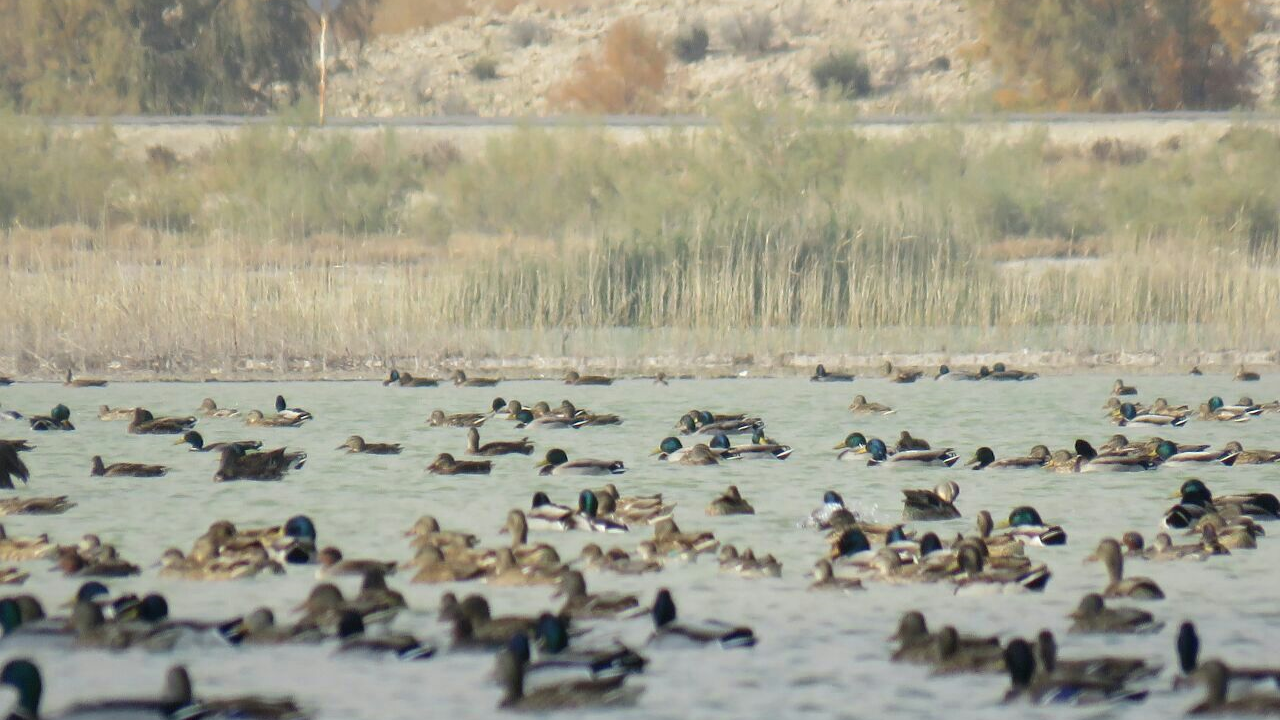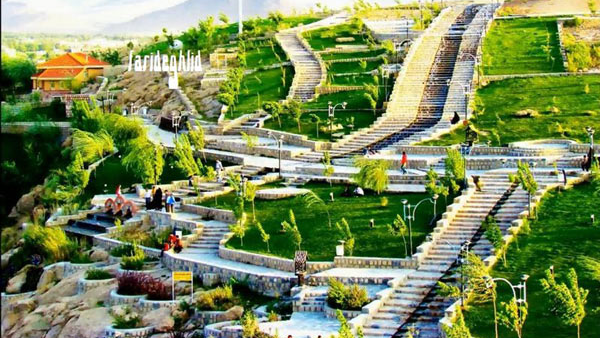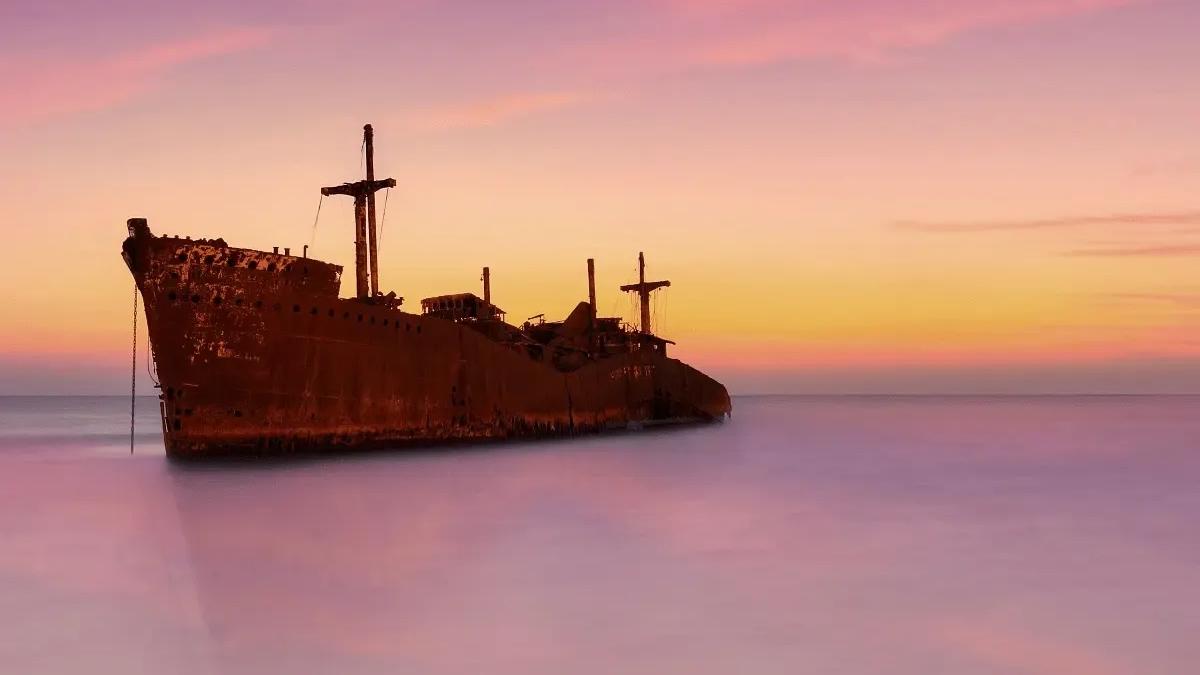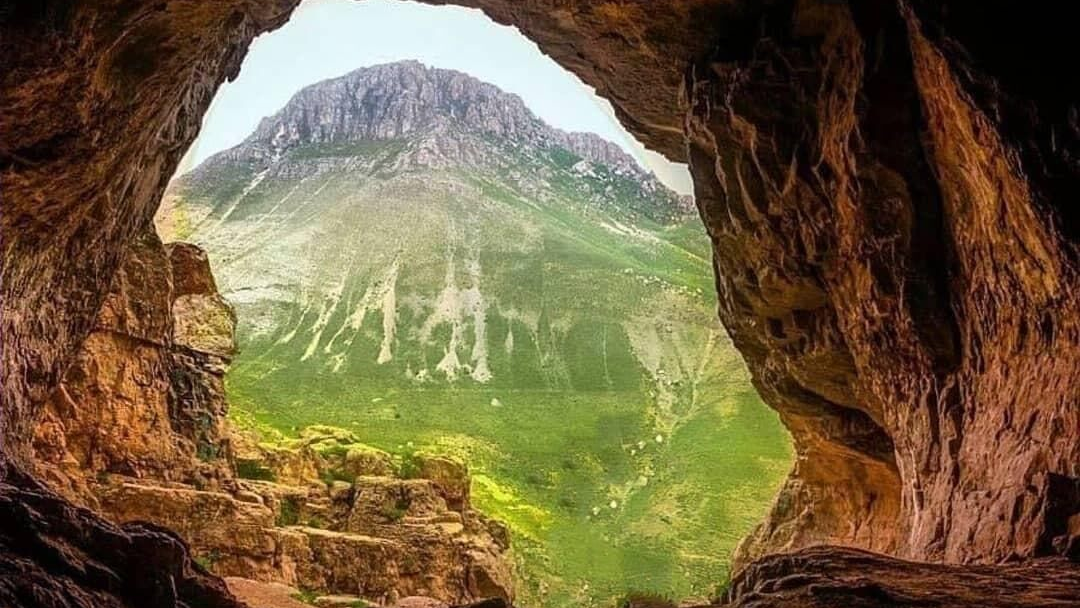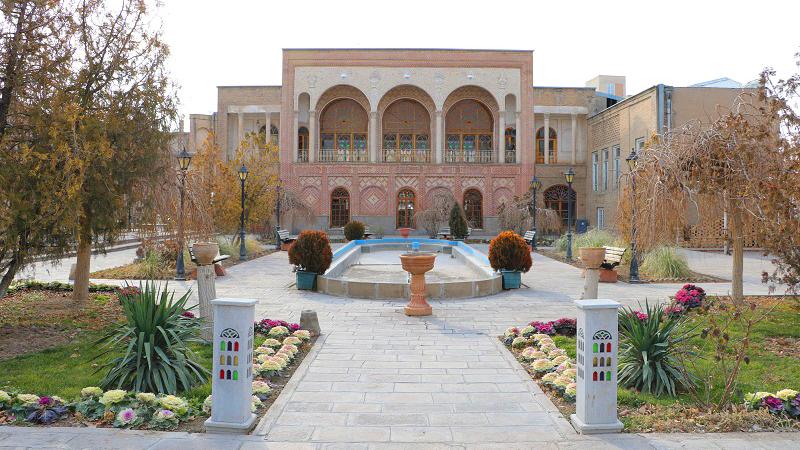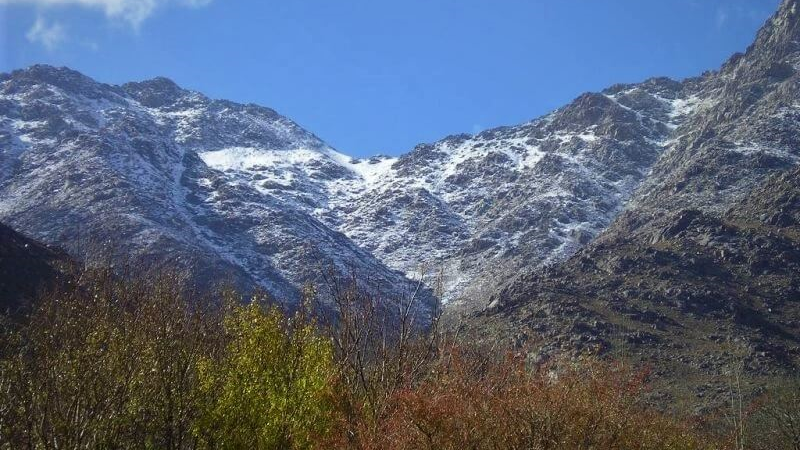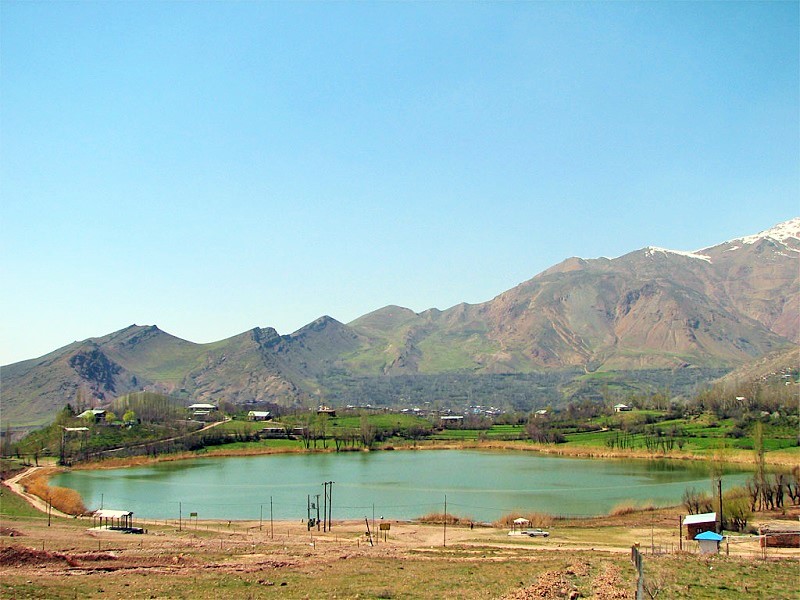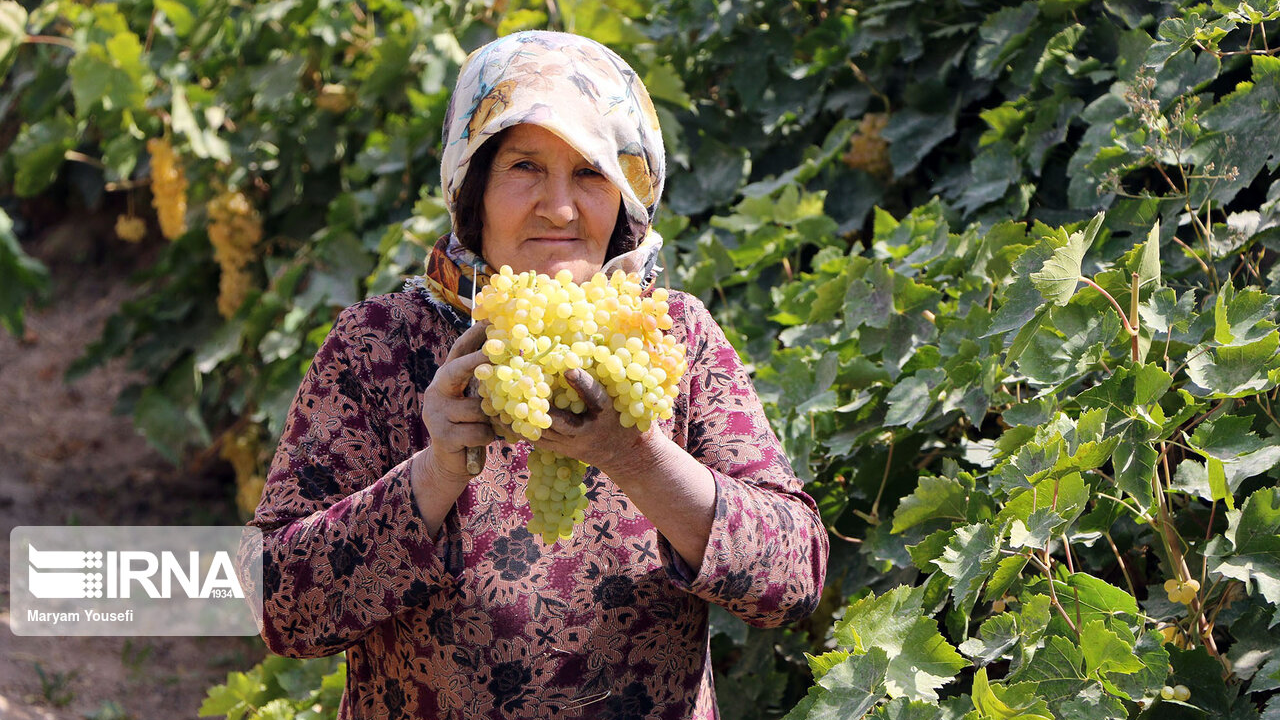
Ahrab Saqqakhaneh in Tabriz: The City’s Only Saqqakhaneh
In Iran, saqqakhanehs are small structures set up along public pathways to provide water to passersby. In the past, these shrines contained large stone basins where water was stored. These basins were designed to keep water cool, especially during hot days. The stone containers, known as sangab, were equipped with one or more taps, and several small cups or bowls were placed alongside them, allowing people to drink. In older saqqakhanehs, a water well was often present, and water was drawn with a bucket and poured into the sangab.
Today, most of the large traditional stone or ceramic containers have been replaced with electric water coolers, and the construction methods have changed. However, the tradition of quenching the thirst of travelers has retained its cultural and spiritual significance.
The Origin of the Saqqakhaneh Tradition
Saqqakhanehs—public water shrines—emerged as community-run service institutions. Although water has been revered in Iranian culture since ancient times, the primary origin of this tradition is linked to the Battle of Karbala and the martyrdom of Imam Hussein and his companions. During the battle, the enemy army, despite superior numbers and equipment, cruelly cut off water to Imam Hussein’s forces and family in an attempt to force their surrender. Nevertheless, they did not yield and ultimately achieved martyrdom with honor.
As a result, the tradition of providing water (sagha’i) spread in Iranian culture alongside Muharram mourning rituals, gradually giving rise to saqqakhanehs. Old saqqakhanehs were sometimes so small that they appeared as mere cavities in walls, while others were built as larger rooms. Depending on their function, these shrines are usually located next to mosques, hosseiniehs, or busy thoroughfares.
Some saqqakhanehs (public water shrines) operated throughout the year, while others were active only during the warmer months or the mourning days of Muharram. Since these structures were usually built as votive offerings (nazr) in memory of the martyrs of Karbala—especially Imam Hussein and his brother Abbas, who served as the standard-bearer and water-bearer in his army—people gradually began to light candles and make offerings beside them. Over time, this practice became an inseparable part of the saqqakhaneh tradition.
Today, in various cities across Iran, some saqqakhanehs have retained their traditional form. In Tabriz, the Ahrab Saqqakhaneh is considered the only one that still preserves its original, historic appearance.
History and Architecture of the Ahrab Saqqakhaneh of Tabriz
The Ahrab Saqqakhaneh was built during the Qajar period (19th century). It is located along the road known as “Ahrab Road,” near the Fajr (or Golestan) Garden. In the past, the Ahrab Saqqakhaneh served travelers and passersby throughout the year, but today it only opens during the mourning days of Muharram.
The structure measures seven meters in length and five meters in width, with a total area of about 42 square meters. The Saqqakhaneh has a single entrance located on its northern side, which leads into a small vestibule (hashti) covered with a wooden ceiling. Unlike many famous Saqqakhanehs in Iran, the Ahrab Saqqakhaneh lacks tilework or ornamental decorations typically found in sacred shrines. Beside the wooden door, two tall windows were originally built, though today they are covered, as the Saqqakhaneh is almost no longer in active use.
The interior of the building, though in need of restoration, has retained its original appearance throughout history. However, urban expansion and surrounding constructions have significantly altered the exterior view of the Ahrab Saqqakhaneh in Tabriz. Although the Saqqakhaneh is no longer as active as it once was, locals who still hold this place sacred continue to light candles at its entrance and pray for the fulfillment of their wishes.
The Ahrab Saqqakhaneh, Tabriz
The Ahrab Saqqakhaneh was inscribed on Iran’s National Heritage List in 2007 (1385 AH Solar).
| Name | Ahrab Saqqakhaneh in Tabriz: The City’s Only Saqqakhaneh |
| Country | Iran |
| State | East Azerbaijan |
| City | Tabriz |
| Type | Historical |
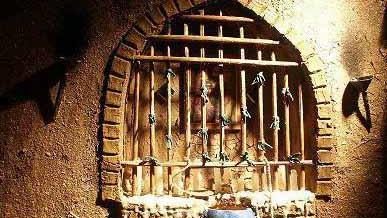



Choose blindless
Red blindless Green blindless Blue blindless Red hard to see Green hard to see Blue hard to see Monochrome Special MonochromeFont size change:
Change word spacing:
Change line height:
Change mouse type:



